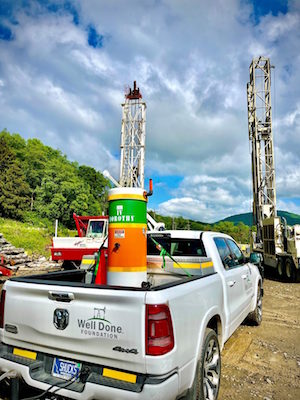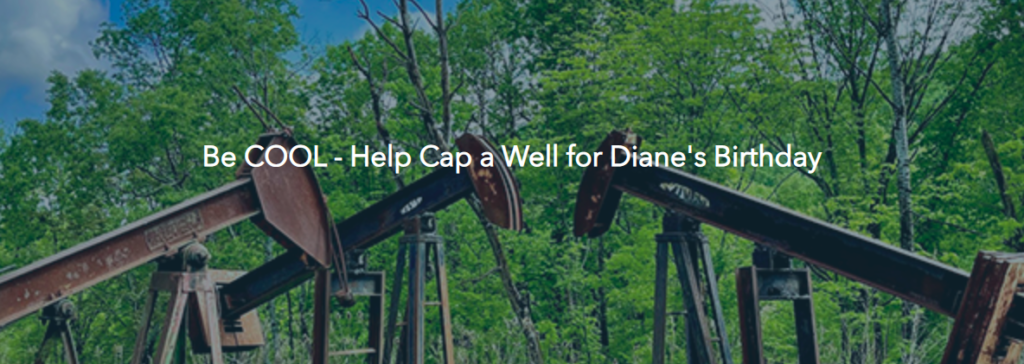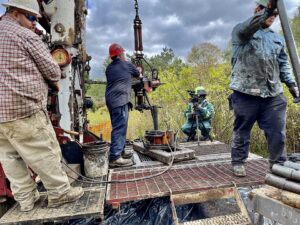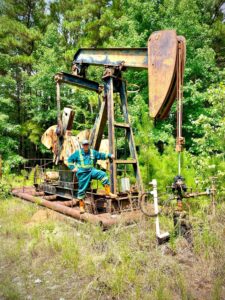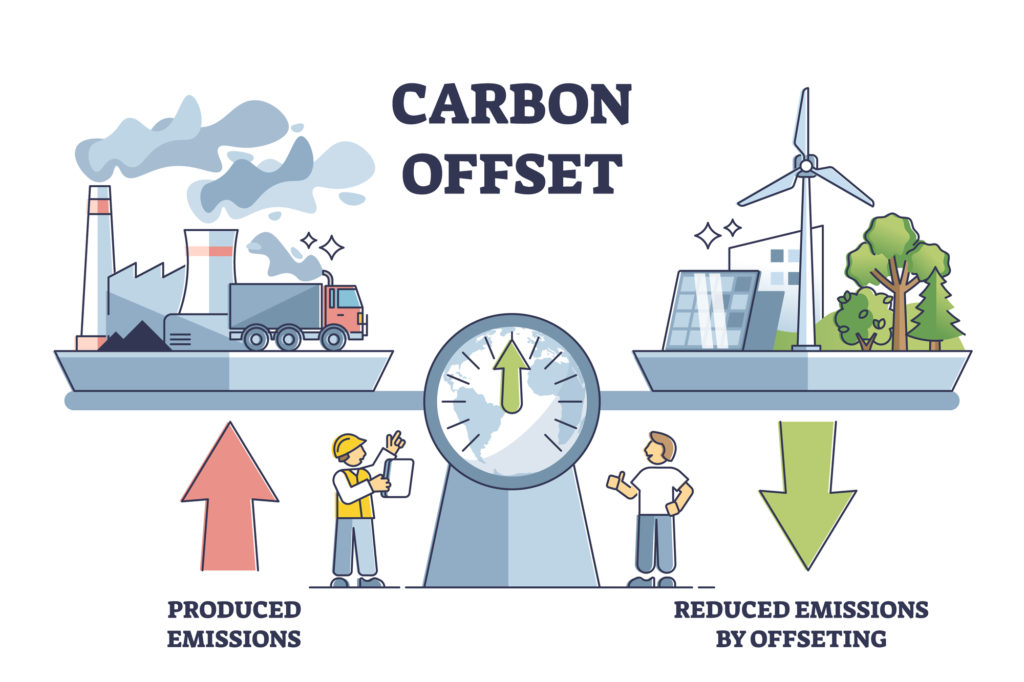
And, what’s the secret to how you can buy carbon offsets that make a difference?
Here’s everything you need to know.
WHAT IS A CARBON OFFSET?
A carbon offset is a financial way to acknowledge and take responsibility for the climate change impact your lifestyle has.
While an offset doesn’t negate your personal carbon impact, it compensates for it by providing funds to support projects that either pull existing carbon out of the atmosphere or reduce new carbon emissions.
We need to do both if we have any hope of stopping climate change from completely destroying this lovely world we live on.
To be meaningful, the offsets you buy should do one of two things:
- remove the equivalent amount of at least some of the carbon you have already emitted into the atmosphere
- reduce the equivalent amount of new carbon you are adding to the atmosphere now
Most people emit on average 20 tons of carbon each year, which is your “carbon footprint.” If you fly cross-country or internationally, buy a lot, drive cars or trucks that get low miles per gallon, have a second home or a larger home, and eat meat at most meals, your footprint is probably closer to 25 or 30 tons of carbon per year.
HOW DOES YOUR LIFESTYLE GENERATE CARBON?
Your lifestyle generates carbon and contributes to climate change because most of your daily activities are powered by fossil fuels like coal, oil and natural gas.
In all likelihood, you use fossil fuels to drive, fly, heat and cool your home, maintain your yard, wash and dry your clothes, cook and refrigerate your food, and take a hot shower. Fossil fuels were also used to produce and deliver everything you buy and throwaway.
All of those fossil-fueled activities emit the greenhouse gases that are building up in the atmosphere and overheating the Earth.
Your diet has an impact, too. Cows, pigs, sheep and chickens all belch and fart (sorry!) methane, another potent greenhouse gas, as they digest their feed. Plus, the food you throw away releases carbon-based methane when it rots.
The fastest way to reduce the carbon your lifestyle generates—your “carbon footprint”—is to eat less meat and to use less fossil-fueled energy overall.
You achieve that to begin with by using energy more efficiently and choosing a more plant-based diet. There are endless ways to save energy at home. As for changing your diet, you can start with “Meatless Monday.” One day a week, eat little or no meat at any meal.
You can also stop carbon from being emitted in the first place. One way to do that is by putting solar panels on your home and buying clean wind energy from your local utility so you’ll no longer need coal or oil to meet your home energy needs.
Saving energy, switching to cleaner energy and eating less meat will make a big difference. But most of us will still continue to have a carbon footprint because of the vehicles we drive, the goods we buy, the foods we eat, and the other activities we engage in. That’s where carbon offsets come in.
HOW DO CARBON OFFSETS HELP?
Carbon offsets help you compensate for your carbon footprint by supporting projects that either remove greenhouse gases from the atmosphere or stop them from being emitted in the first place.
For example, forests full of mature trees remove CO2 from the atmosphere by absorbing it through their leaves. Carbon offsets that protect existing mature forests are better investments than planting new trees one-by-one that won’t start absorbing much carbon for many years.
You can also buy carbon offsets that support projects like the work of the Well Done Foundation. The Well Done Foundation caps abandoned oil and gas wells that are leaking methane gas. Capping leaking wells immediately puts an end to the well’s greenhouse gas emissions.
HOW MANY CARBON OFFSETS SHOULD YOU BUY?
Ideally, you would buy enough carbon offsets to compensate for your total carbon footprint for a year.
If you want to know what that is, I recommend you use this carbon footprint calculator. It will tell you how many tons of carbon you specifically generate annually.
Or, assume you generate the average for most Americans, which is 20-25 tons of carbon per year.
Organizations that sell offsets generally charge a price per ton. For example, the Well Done Foundation charges $7 a ton. If your carbon footprint is, say, 20 tons, you could buy $140 of offsets to compensate for your carbon emissions for a year.
HOW CAN YOU BUY CARBON OFFSETS
THAT MAKE A DIFFERENCE?
Not all offsets are equal.
For example, planting new trees is a popular offset project. But in reality, a new tree is small and won’t start absorbing any significant amount of carbon for maybe 10 or 15 years. There’s really no way a new tree can offset your carbon footprint. It’s a good thing to do for Nature, and for the future. But given the immediate need to stop carbon emissions today, there are better ways to offset your footprint than by planting a tree.
Here’s what to look for when you’re considering an offset:
- Does the project stop more carbon or methane from being emitted? Installing solar collectors or windmills reduces the need to burn coal for electricity, so they qualify. Projects that cap leaking methane wells prevent methane from getting into the atmosphere, so they qualify, too.
- Does the project remove carbon or methane from the atmosphere? While a new young tree removes little carbon from the atmosphere, an entire mature forest does a good job at this. So, offsets that protect existing forests are worthwhile. Offsets that capture methane from animal feedlots are another example of a good project.
- Does the project help someone use less coal, oil or natural gas? In other words, does the offset make it easier to install energy-efficient technologies or adopt energy-saving practices? Offsets that pay to insulate and weatherize homes or replace aging appliances with new Energy Star models make a difference.
- Does the offset project measure its actual impact? Are its results verified? Blanket claims like “plant a tree to offset your carbon footprint” are meaningless.
THESE CARBON OFFSET PROJECTS MAKE A DIFFERENCE
The programs below measure and document their impact. They use the income generated from offset sales to reduce greenhouse gas emissions.
Well Done Foundation – Well Done caps leaking methane wells. Methane is an even more powerful greenhouse gas than carbon dioxide. Every well capped is the equivalent of taking hundreds or more vehicles off the road. I’m working with Well Done Foundation to cap a leaking well in Pennsylvania. Can you help with your own donation? You’ll offset part of your own carbon footprint if you do.
Native Energy – Native Energy builds renewable energy projects that help communities switch from fossil fuels to solar and wind.
My Climate – My Climate supports projects that use renewable energy, achieve energy efficiency, cut methane emissions and protect forests.
I’m working with the Well Done Foundation because I want to use my offset money to stop more greenhouse gases from going into the atmosphere right now! I hope you’ll join me.
PLEASE FORWARD TO YOUR FRIENDS AND FAMILY AND
SHARE ON FACEBOOK.
THANKS!!


